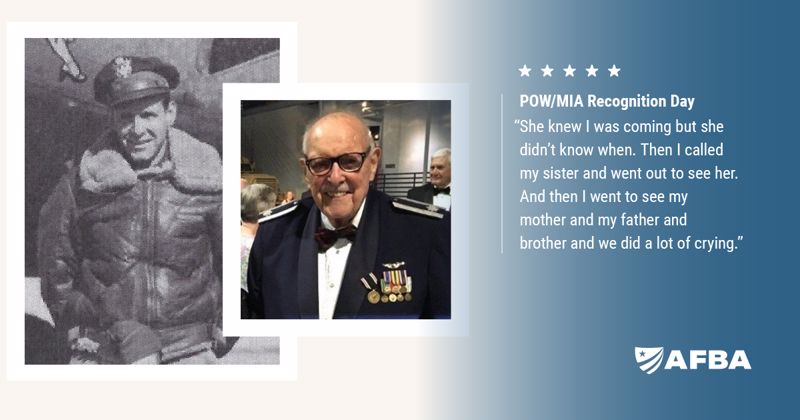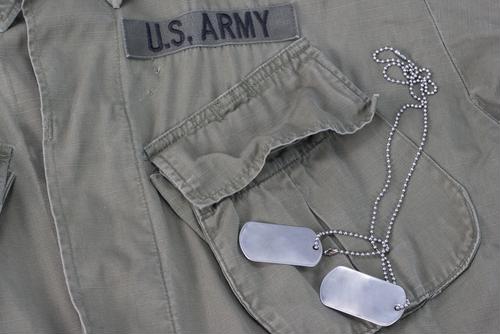Every year since 1979, the third Friday of September has been designated as POW/MIA Recognition Day. It serves to honor two groups of service members — those who were held prisoners of war and returned, and those still unaccounted for.
As of now, the Department of Defense knows of over 81,500 missing personnel from conflicts dating from World War II to the present. POW/MIA Recognition Day provides an annual reminder to remember these brave service members and to become better educated on the efforts to account for those whose fate is still unknown.

The Mission of POW/MIA Recognition Day
President Jimmy Carter designated the first POW/MIA Recognition Day, and ever since, the event has been commemorated with ceremonies at military installations around the world. A recurring feature of this day is a presidential proclamation in which the commander in chief reaffirms the country's commitment to the individuals still missing in action.
The messages offered by presidents, including Joe Biden's 2022 proclamation, reaffirm that the work of identifying and recovering the missing is still ongoing. This September 15 is a good moment to reflect on this effort and the progress being made to give clarity and closure to the families of these service members.
In June of this year, around the unveiling of the official poster for POW/MIA Recognition Day 2023, the Defense POW/MIA Accounting Agency (DPAA) gave an update on its efforts. Over the course of the fiscal year, the group accounted for 81 individuals.
Those efforts from the DPAA involve cooperation with other governments — 45 in all — and include tracing the locations of MIA individuals as well as the repatriation of remains.
The Quest to Locate Missing Service Members
Looking at the numbers, it quickly becomes apparent just how big the task is facing the DPAA. Of the over 81,000 Americans still unaccounted for, over 41,000 are presumed lost at sea due to the loss of ships or aircraft. It can be costly and demanding work to trace the locations of these MIA personnel, but the efforts are ongoing nevertheless.
The Department of Defense offers a look at all the steps necessary to identify and repatriate a lost service member. First, officials in the DPAA analyze and investigate reports of unaccounted for Americans, creating separate case files for each. In cases where relatives of an unidentified service member are available to give DNA samples, officials can disinter remains to determine whether their research has led them to the missing person's final resting place.
Investigation follows, interviewing witnesses and examining the site. If this evidence supports excavation, the site is dug up and the remains recovered. Over the next months or even years, the DPAA performs tests, inspecting historical records, using DNA analysis and conducting forensic studies to determine whether they can conclusively attach an identity to remains. If they can, the identified American is returned home to surviving family members.
Resources for Family of the Missing
The DPAA offers publications and interactive guides that may bring families closer to identifying and locating their unaccounted for loved ones. A fact file explains the process of recovery, from initial planning to arranging a memorial, an interactive guide profiles those still missing and a separate database lists those who have recently been identified.
POW/MIA Recognition Day is a perfect opportunity to check these resources and become more aware of those who have served their country and are still unaccounted for. On this day and all year round, it's important to remember the sacrifices these brave individuals made.

